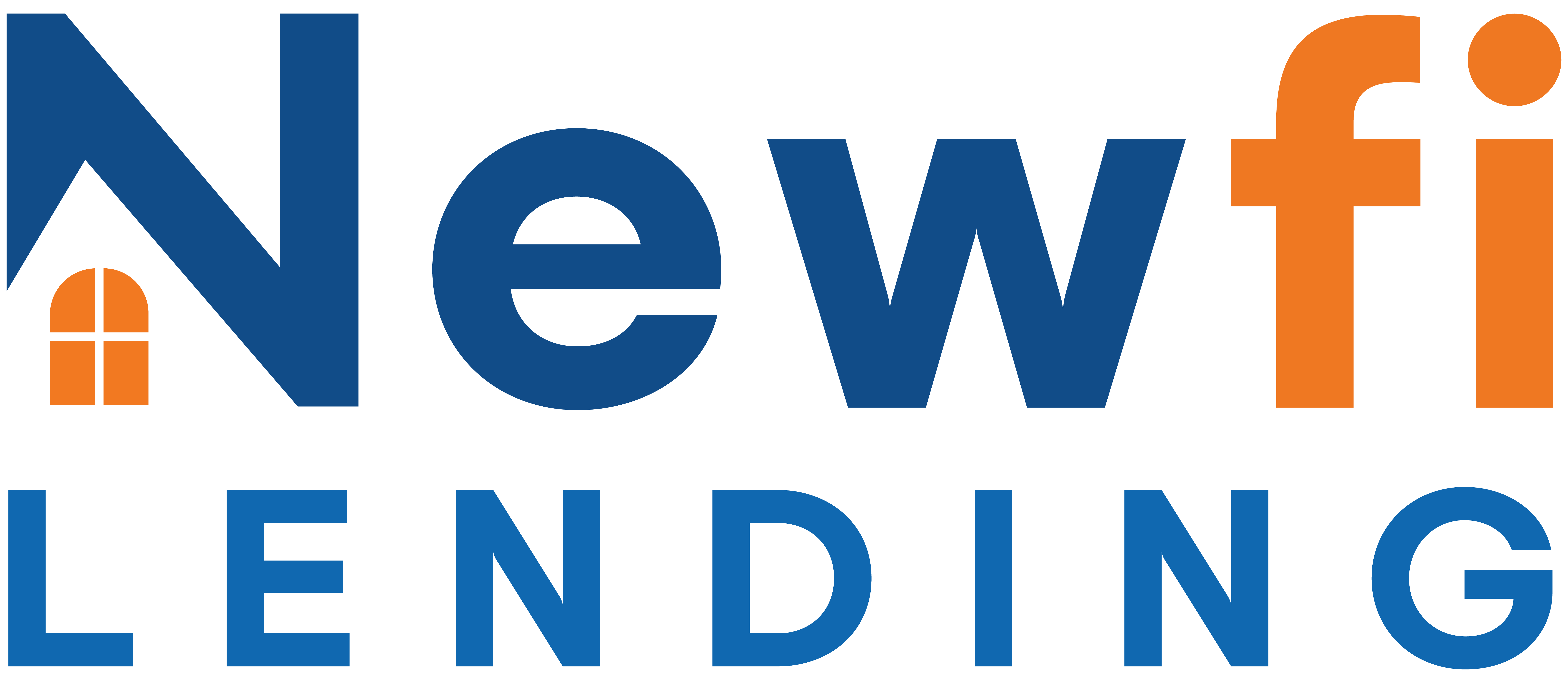Inflation is rising and many homeowners are looking to take cash out and make their home equity work for them. There are a variety of ways to access your home equity, so it’s important to be informed about your options and make the best decision for you.
It comes down to three mortgage options:
- Cash Out Refinance,
- Second Mortgages and,
- Home Equity Lines of Credit.
A licensed loan advisor can walk you through your home equity options, get a free mortgage consultation here.
What is Equity? And How Is It Determined?
Equity is defined as the current value that a property has minus what is owed on it.
Your home equity is the difference between the value of your home and your mortgage balance.
If you have a home that is valued at $300,000 and you’ve paid $150,000 toward your mortgage balance, then you would have $150,000 in home equity. However, you may not be able to pull all your equity out, because many lenders have guidelines that require you to keep some of your equity in your home. To determine the current market value of your home, a lender will ask you to get an appraisal. Your current value is based on what your home would be appraised for today, not what you originally purchased the property for.
For most lenders, Cash Out Refinances, Second Mortgages, and HELOC’s will all require appraisals.
What is a Cash Out Refinance?

Cash Out Refinances do not function as second mortgages like a HELOC or Second Mortgages do. This mortgage option is a refinance of your first mortgage and will come with a new loan term and a new interest rate that replaces your current mortgage. With a Cash Out Refinance, you take a new mortgage out on your home that is more than your current mortgage balance. Your new mortgage balance will be more than the previous mortgage because you will be pulling out the equity you gained as the home’s value has increased. The “cash out” you receive from a Cash Out Refi is calculated by taking the difference between your old mortgage balance and your new mortgage balance. You will receive your equity in a one-time lump deposit. This is a great option for borrowers who want to access their equity and have a current mortgage rate that is higher or close to current rates.
What is a Second Mortgage?
A Second Mortgage is a fixed rate mortgage loan—that runs concurrent with your first mortgages—allows you to pull the equity out of your home without ever having to touch your first mortgages rate. Second mortgage are a second lien on your property with its own interest rate and loan terms. Unlike a HELOC, that offers revolving lines of credit that you can pull from when needed, Second Mortgage are paid in one lump-sum disbursement. These loans also have fixed interest rates, which means the rate you lock in at closing is the rate you will have for the life of your loan. Second Mortgages are also referred to as Second Mortgages or Home Equity Loans.
A unique type of Second Mortgage that is beginning to gain popularity is a Shared Appreciation Mortgage. A Shared Appreciation Mortgage is a loan that allows homeowners to share in a percentage of the appreciation in their home’s value with a lender. Generally, the borrower will receive a lump sum of loan proceeds and the lender (or investor) will charge an interest rate that is typically below market, plus an additional amount that is based on the home’s appreciation. For many Shared Appreciation Mortgages, borrowers are not required to make additional monthly mortgage payments. By allowing the borrower to defer payments until the end of a term, or maturity event, homeowners can maintain their monthly cash flow without the pressure of additional interim payments. Generally, the maturity event occurs when it reaches term or when the borrower refinances or sells the home. Keep in mind that some are true Second Mortgages, while others are home equity investments and not a mortgage at all.
What is a Home Equity Line of Credit (HELOC)?
A HELOC is a second mortgage—with its own interest rate and loan terms—you can take out on the equity of your home. HELOC’s do not require you to touch your first mortgage, which means you’re able to keep your current rate.
HELOC’s function like credit cards with a revolving line of credit, while offering borrowers better interest rates compared to traditional credit cards.
With a HELOC, you can pull from your home’s equity when you need to. Traditionally HELOC’s offer “draw periods”, which is the set period that you can draw funds from your equity. Draw periods will vary from lender to lender but at Newfi we offer a 10-year period. With our HELOC program you will pay interest-only payments during the draw period, for the first 10 years, and then pay a fixed rate for the next 20 years of the term.
Which of These Mortgage Options is Right for Me?

Finding the right mortgage to help you access your equity can be overwhelming. With a variety of options, choosing what works best for you will depend to your unique situation. If you’re ready to discuss your options further, or just have a few questions, a Newfi Loan Advisor is available to help! Click here to get started.
Want to hear more about how Newfi helps borrowers every day? Check out any of our 1,300+ reviews and see what our past clients have to say!

